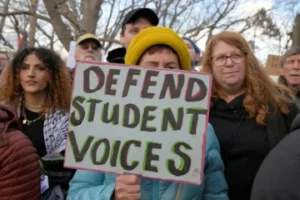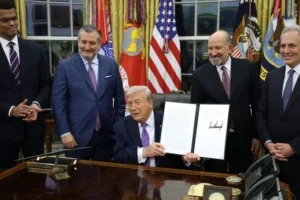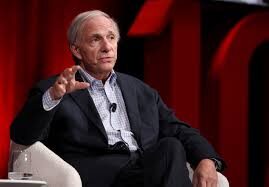At the recent Fortune Global Forum, Ray Dalio offered a sobering assessment of the U.S. labour market and broader economic structure. He argued that the country is becoming highly dependent on its top performers and leading sectors — and that many workers are being left behind.
Dalio pointed out that while a relatively small fraction of the workforce (the top 1 %, along with the adjacent 5–10 %) is responsible for much of the nation’s productivity, the bottom 60 % of workers are becoming less engaged, less productive and increasingly excluded from meaningful economic participation. He underlined the difficulty facing American workers who are not operating within those high-end roles.
One of his main concerns was that much of U.S. economic growth now clusters around specific states and industries. For example, a handful of states—home to major technology firms, innovation hubs and finance centres—are carrying a disproportionate share of GDP growth. The rest of the country is either stagnating or slipping into contraction, he said.
He emphasised: you can’t really treat the U.S. economy as a unified whole any more. You must recognise that the “high-productivity” segments and locations are increasingly decoupled from the rest.
Another alarming statistic he cited: a large portion of the population reads at a level equivalent to or below a sixth-grade level, limiting their ability to participate productively in an economy that demands more advanced skills. If a majority of people cannot engage effectively, the economy becomes overly dependent on the minority who can.
In his view, this growing dependence on a small elite of workers and regions presents risks — for social cohesion, for inclusive growth and for the resilience of the economy as a whole. If most citizens remain on the sidelines, then the burden of driving growth falls more and more heavily on the few. That situation, he warned, is unsustainable in the long run.
In short: Dalio’s message is clear. Growth is still happening — but it’s increasingly concentrated among top talent, top industries and top regions. The rest of the workforce and the rest of the country must not be overlooked if the U.S. hopes to build a more balanced and resilient economic future.















